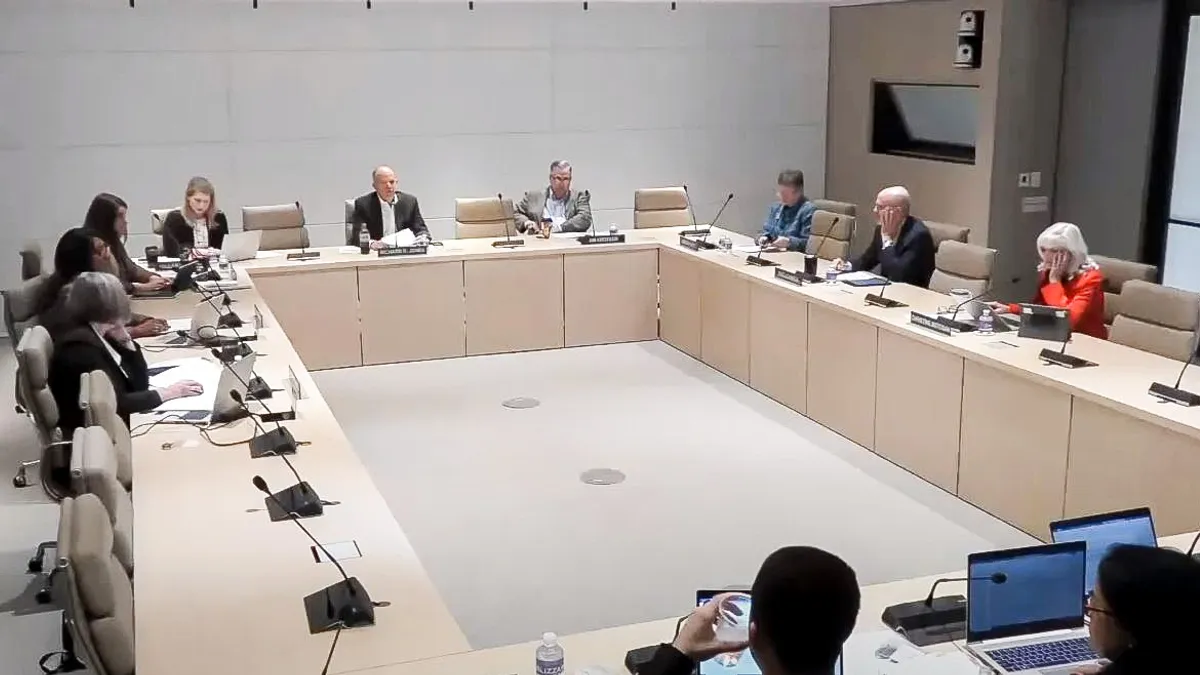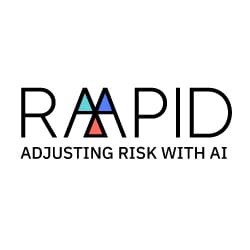Dive Brief:
- The Financial Accounting Standards Board on Wednesday agreed to move ahead with more than 30 proposed updates to the guiding document known as the codification that underpins generally accepted accounting principles.
- The board set a 90-day comment period for the proposed changes and voted to move forward to draft the updates for a vote by written ballot, according to material outlining the U.S. accounting standard setter’s tentative decisions posted on its website after its Wednesday meeting.
- The planned changes are intended to “clarify the Codification or correct unintended consequences” of GAAP but “they are not expected to have a significant effect on current accounting practice or create a significant administrative cost to most entities,” FASB spokesperson Christine Klimek wrote in an email response to questions.
Dive Insight:
The codification, or “cod” as it is sometimes known, is effectively the bible for GAAP. The online document was launched in 2009, replacing a paper-based system by which FASB issued printed copies of each accounting standard which were numbered in chronological order, Klimek said.
The document is now the “single source of authoritative nongovernmental U.S. GAAP” and supersedes all other accounting literature that isn’t included in it, according to the spokesperson. The codification is continuously updated, she said.
The changes proposed range from clarifications of such issues as comparative financial statement requirements, as well as the sale or transfer of receivables from contracts, to updates related to the calculation of the reference amount for beneficial interests so as to include the allowance for credit losses, according to the FASB’s outline of the board’s tentative decision.
At first glance it looks like a “grab-bag of edits to the codification,” Daniel Tinkelman, a professor of accounting at Brooklyn College of the City University of New York, said in an email response to questions.Tinkelman also noted the codification overall has represented a big improvement for practitioners.
“It is sensibly organized, so I can find rules through the logic of the system, and it also allows me to search for key terms,” he wrote. “In the old days, before the codification, it was hard to know whether I had located all the rules applicable to a problem – there were FASB statements, but there were also technical bulletins, SEC guidance, and less authoritative AICPA or other guidance. It was hard to know if you had overlooked something relevant.”
But even if they are relatively minor updates, some of the changes drew concern last year when they first emerged in the process, with several stakeholders pointing out that certain updates could cause confusion, CFO Dive previously reported.
The codification improvements come as the board has recently approved such hot-button issues as a controversial requirement under which companies will have to report vastly more information about the taxes they pay.
Editor’s note: This story has been updated to show that the codification is continuously updated and to add additional comments from Daniel Tinkelman.














